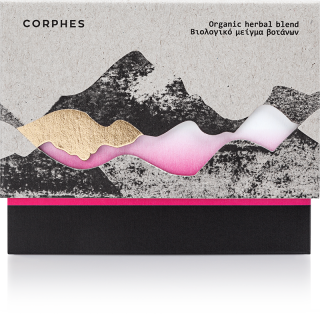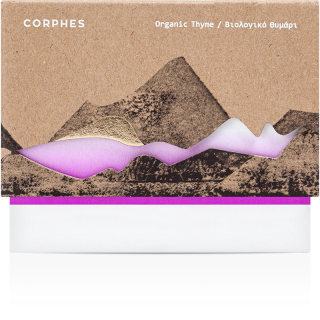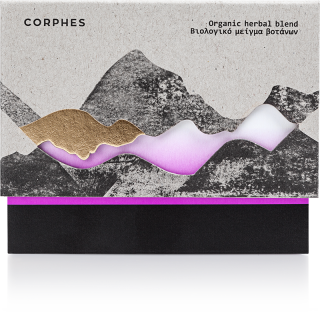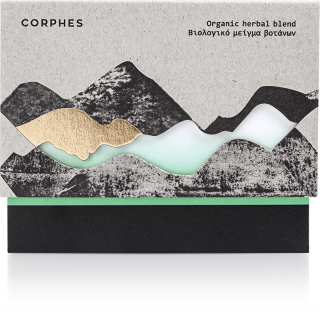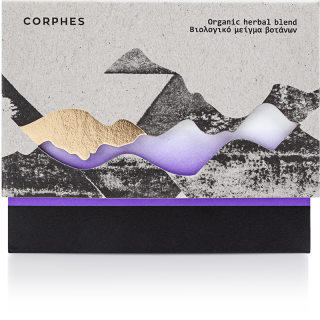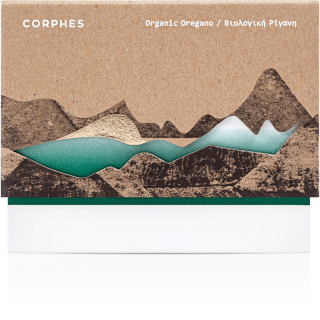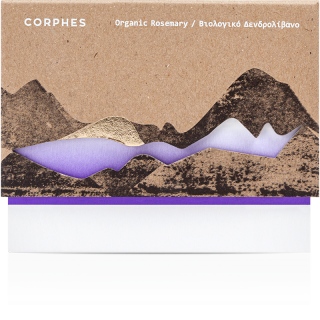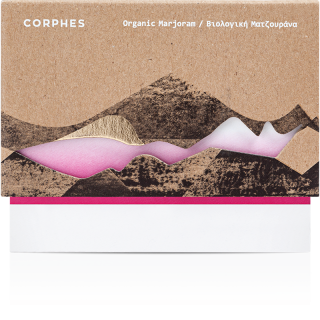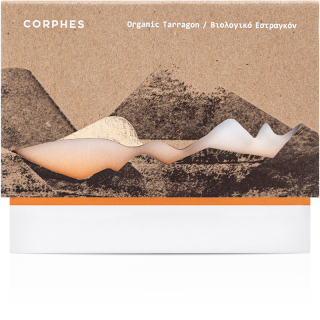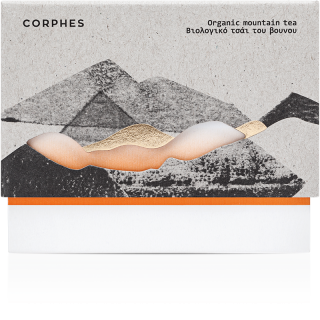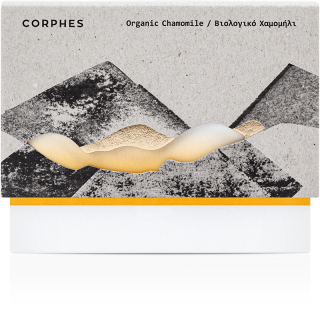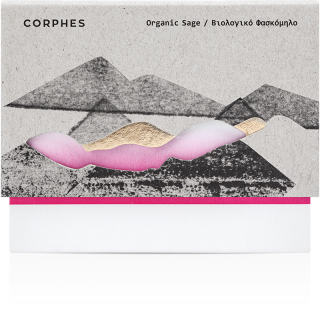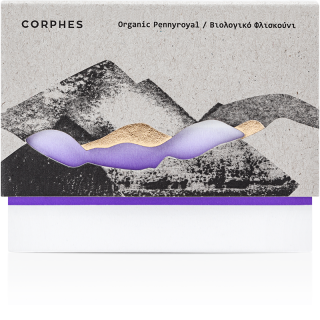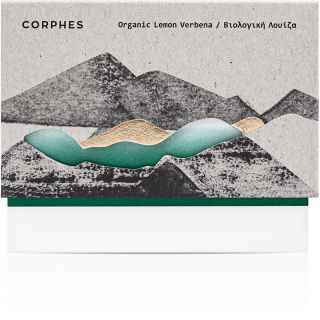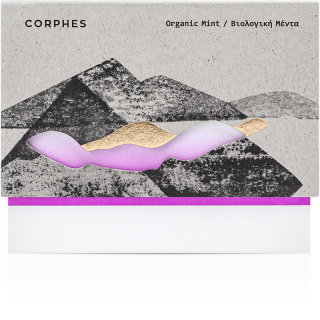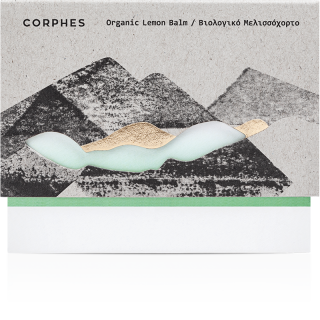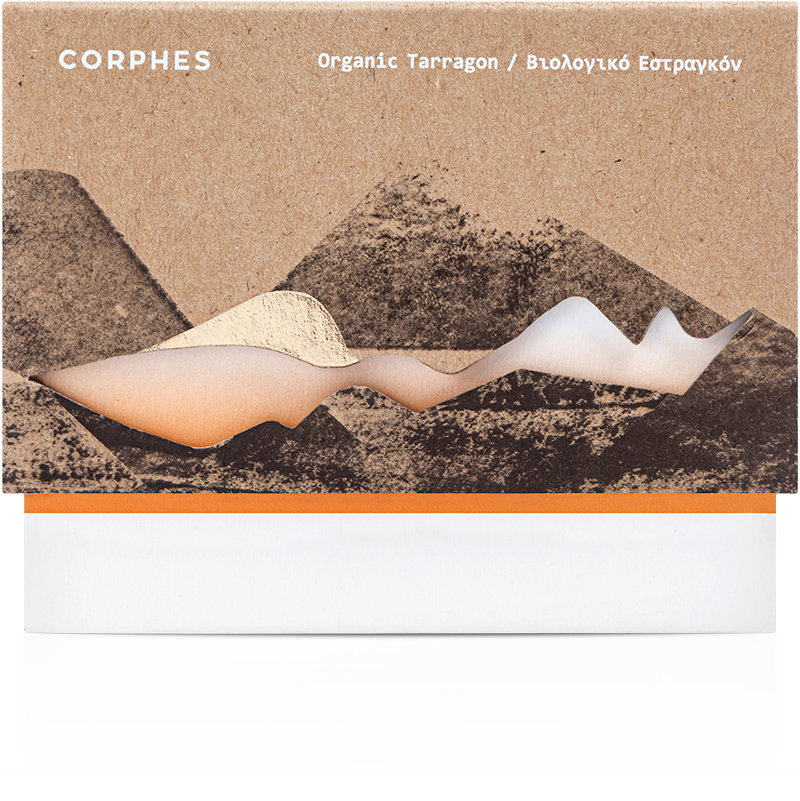
Tarragon is an herb that has been used in several traditional recipes. It is considered an important one due to its beneficial effect on digestion and is commonly used in oily recipes. It is one of the best aromatics for mustard and vinegar. Also it is one of the main components of fine herbes, which includes tarragon, Myron, parsley and chives and is used in omelets and sauces.
Tarragon acts as an anticorbate, diuretic, emmenagogue, febrifuge, hypnotic, anthelmintic and helps with digestion and toothache problems. It acts as a mild sedative and helps with less serious insomnia disorder. Moreover, it has mild emmenagogue properties and helps in delaying menstruation. Its leaves poultice helps in rheumatism, arthritis, gout and toothache. Its leaves are edible and can be added raw in soup for flavor, they taste similar to licorice, contain iodine, vitamins A and C while they are an excellent source of potassium.
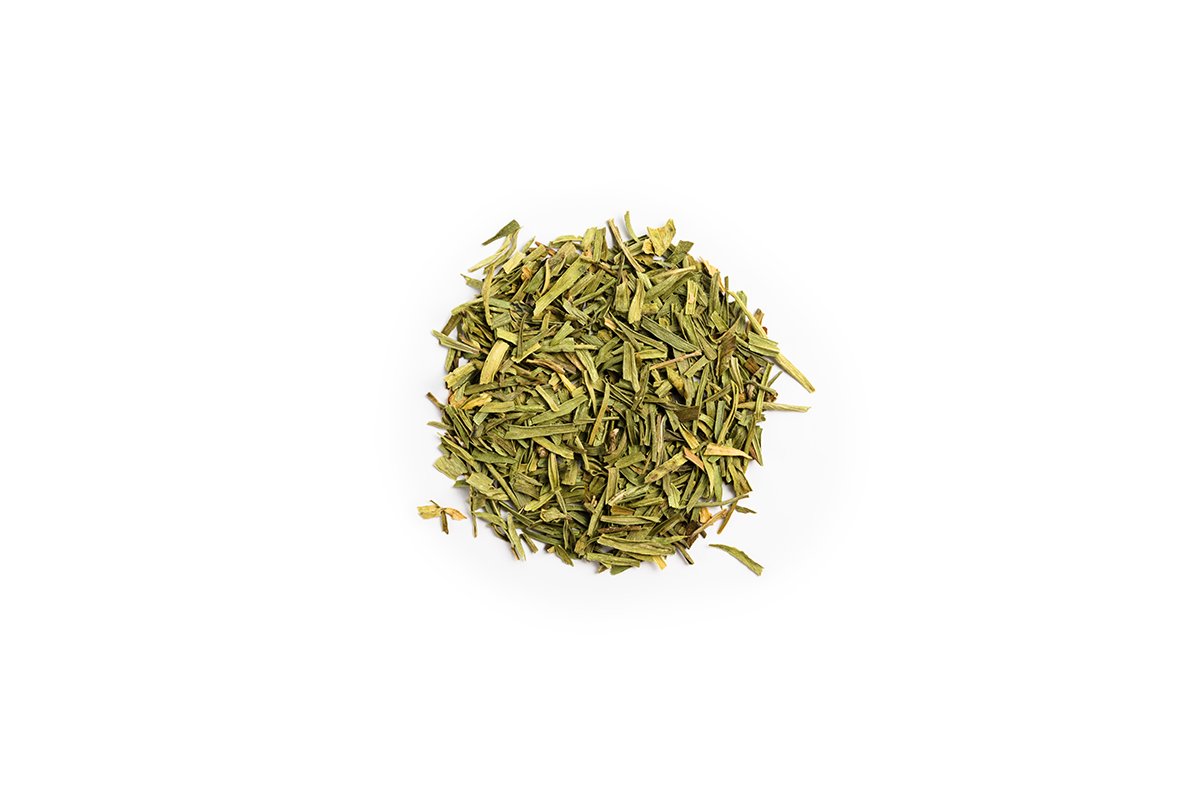

During the medieval times, Tarragon was called Tragkonia or Tarhan, which is probably of the Arabic vocabulary but originating from the Greek word Drakos (a snake).
The mixture of tarragon and fennel extracts was a popular beverage with Indian kings. It reached Britain during the reign of Henry the 8th, who is said to have divorced Catherine of Aragon because she was using it recklessly. The Romans used to place it on snake bites. In Iran tarragon leaves were given as an appetizer to the anorexic. In popular medicine it was used to treat animal bites and was considered a toothache remedy.
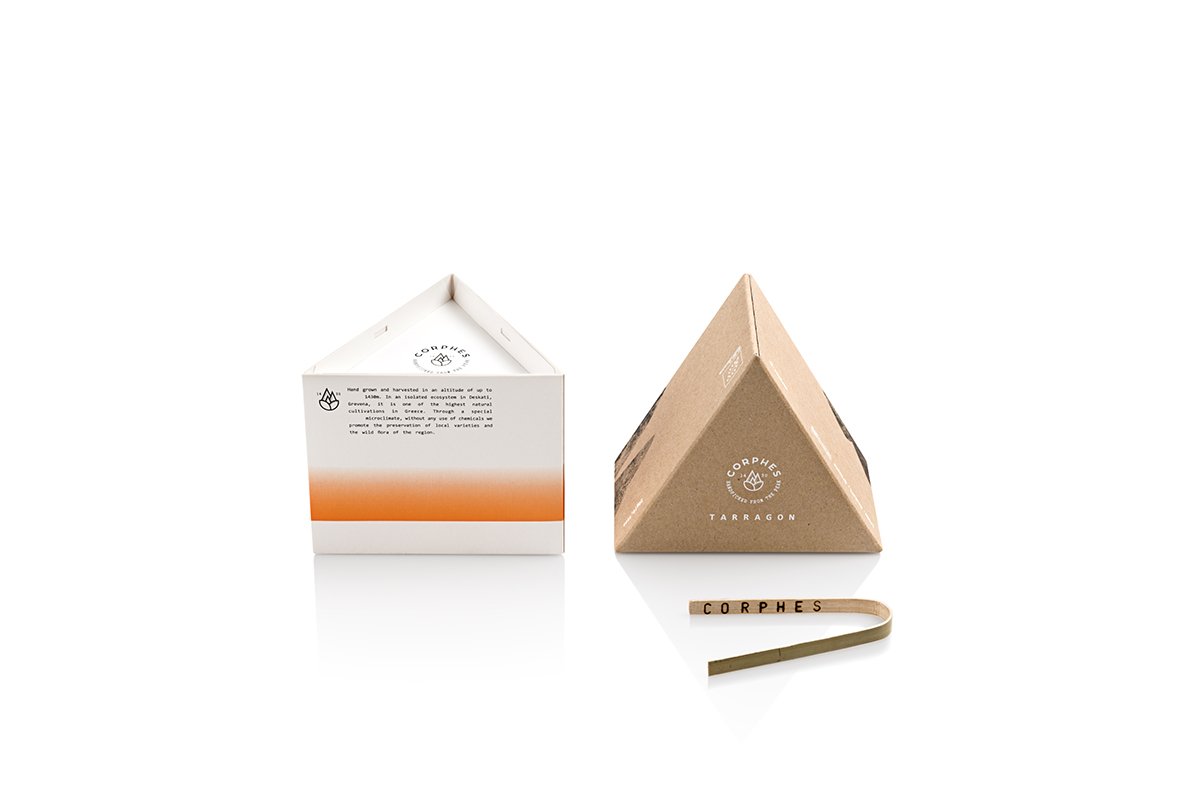

of blooming
Another attribute of tarragon is the enhancement of cognitive function. It can activate the nervous system, improving the memory quality, the ability to concentrate and enhancing the mood.
Its infusion is used to treat indigestion and flatulence, while tarragon essential oil is especially used for digestion problems.





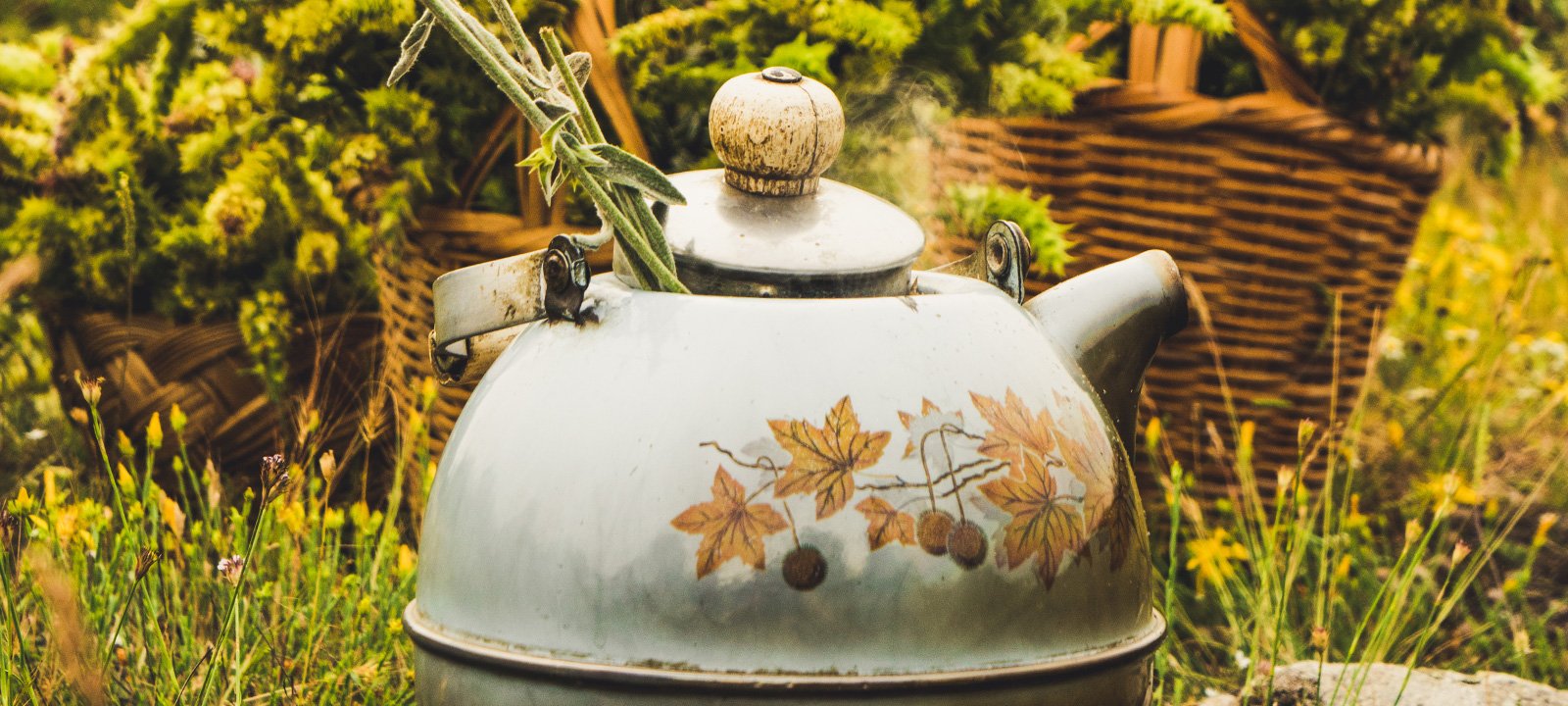
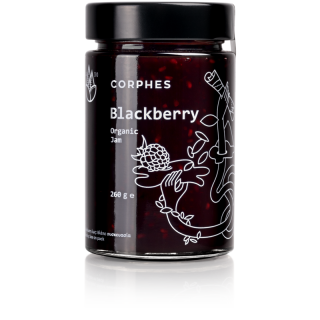
 770m.
770m.